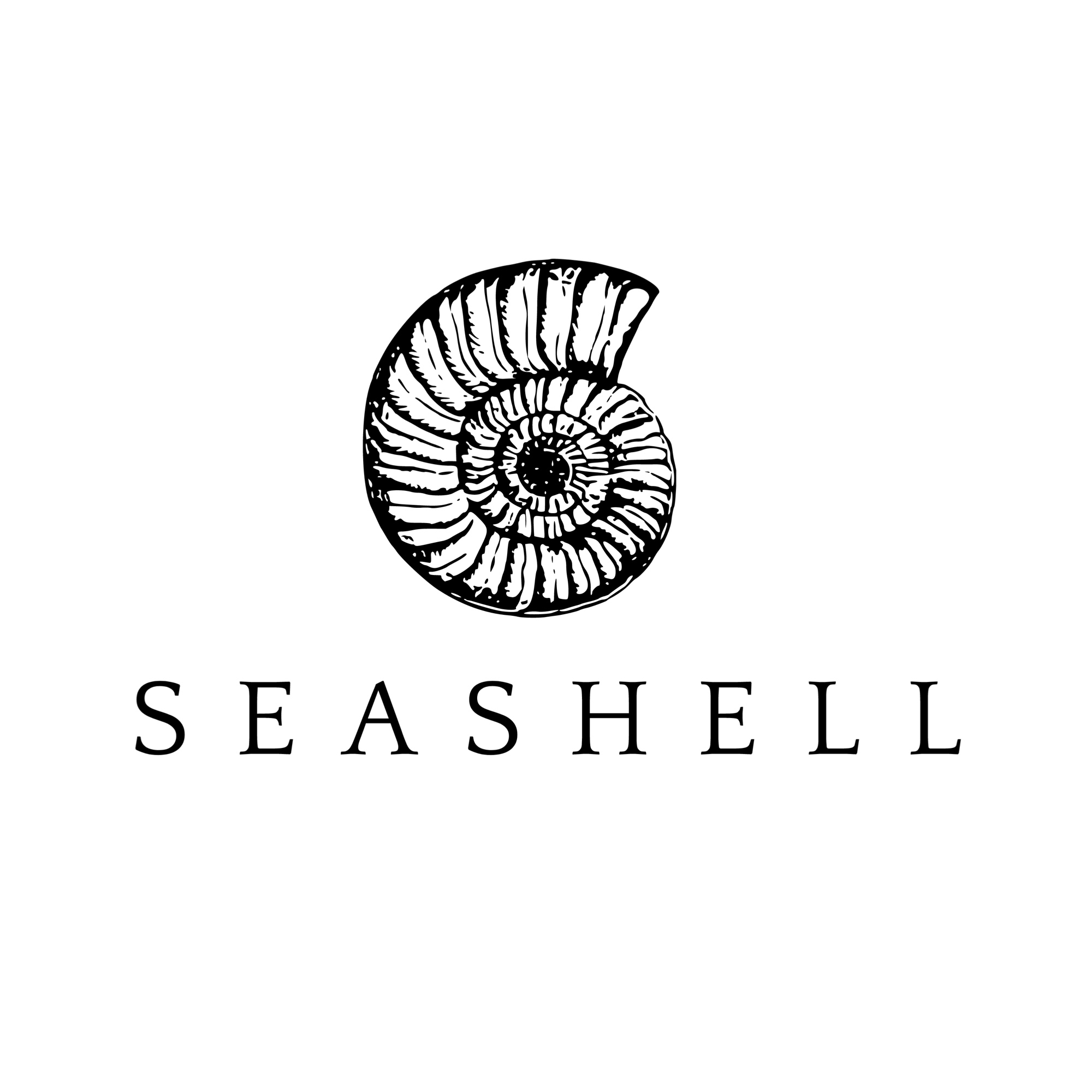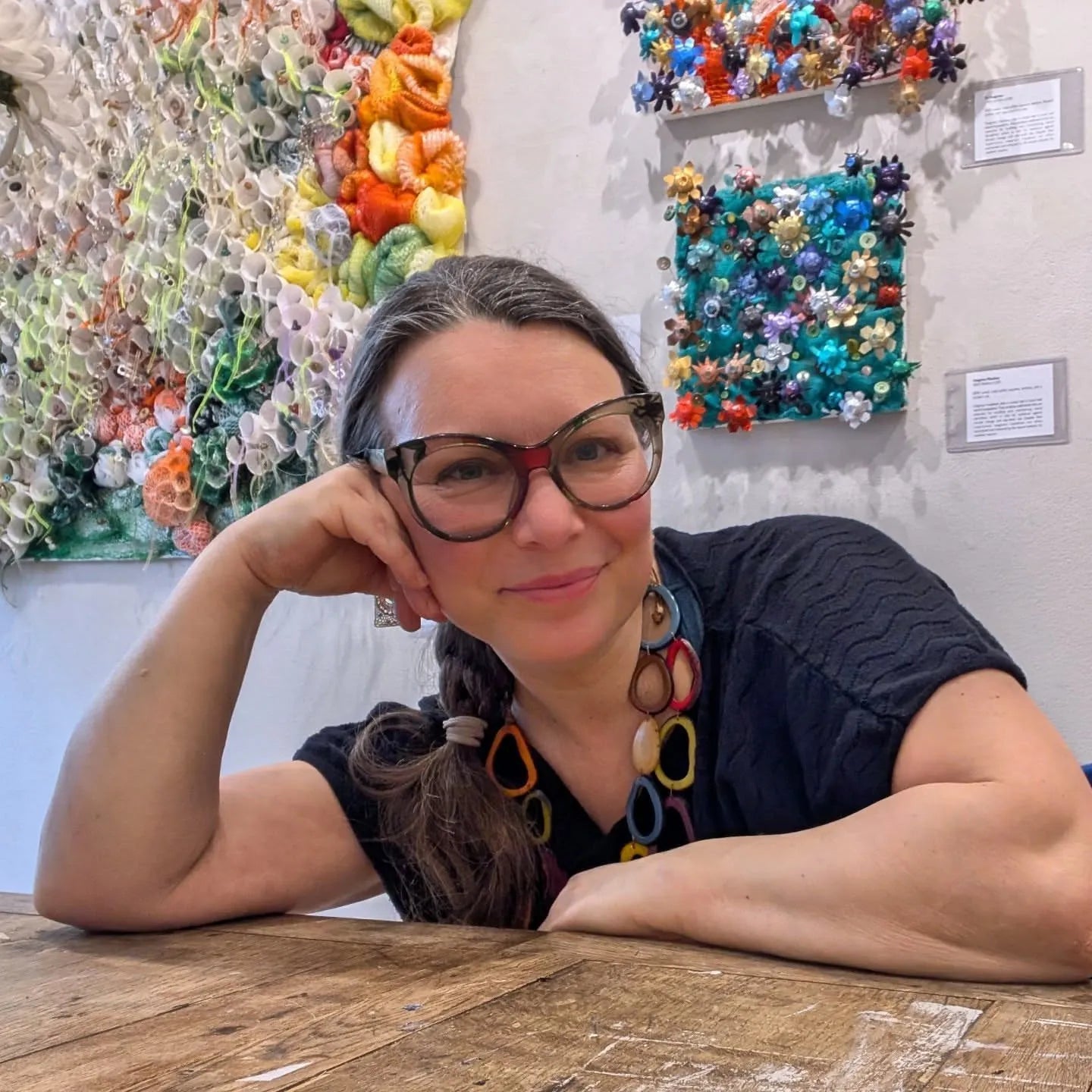Francesca Busca doesn’t just make art—she makes "trashure." An eco-artivist, mosaicist, and founder of projects like ArtforTrash© , Payment in Kind(ness)© , and most recently GREENy bastARTs , she transforms waste into beauty while challenging us to rethink our relationship with the planet. From crisp packets and coffee pods to fruit nets and marine debris, her materials are as provocative as her message: sustainability is a lifestyle, not a slogan. We caught up with Francesca after her recent collaboration with Project One Wave on the Scottish West Coast and ahead of her GREENy bastARTs launch exhibition in London. In this conversation, she shares the roots of her artistic mission, the challenges of working with waste, and the deeply collaborative future she envisions—one where art, science, and activism unite to ignite change.
You call your work "trashure"—turning waste into treasure. Can you talk about how you first coined that term and what it reveals about your relationship with discarded materials?
Since I use waste as a true substitute for prime materials, I cherish its value as the product of ingenious transformation processes. The term "trashure" evolved naturally from my practice—it perfectly captures how I see waste as treasure waiting to be discovered. Coming from an eco-friendly family where tree guerrilla planting was a weekend hobby and a trip to the one existing recycling station on an overfilled Fiat 500 a monthly event, my technique developed from a growing urge to stop plundering mother Earth. I love how the term is quickly catching on with everyone! Hopefully it will soon infiltrate our formal dictionary.
Working with waste involves challenges. Can you tell us about a particularly difficult piece, and how you overcame its limitations?
Always the next one! If it weren't challenging, it wouldn't be half as rewarding. The crisp and popcorn packets from Adobe's ArtforTrash project were among the trickiest materials I've used. Foil packets have slippery surfaces and very low surface energy, but my mosaic training helps me transform materials into individual tesserae, whether by using hammer & hardie or scissors and pliers, and find a way to make them work.
More recently, my Paraflornalia series presented new challenges—reimagining underwater worlds as thriving gardens using daily items such as fruit nets, plastic bottles and coffee pods. Each piece pushes me to help viewers empathise with our seas through familiar everyday objects, linking them to mythological paradises we could have here on earth, both above and below the waves, if only we learned how to care for our planet properly.
Creating "Sea it!" during my residency with the Institute of Marine Sciences in Venice required working with their specific office, lab, and research vessel waste collected over a year’s collab. There's profound tension in showing how even organisations dedicated to reducing pollution create waste—highlighting the systemic nature of our waste problem. However, the collaboration with such a supportive team of brilliant minds proved marvellous, so much so that it evolved into a retainer—I am absolutely thrilled!

Sustainability isn't just in your art; it's in your lifestyle—vegan, plastic‐free living, second‐hand clothes, using renewable energy. How do your everyday choices amplify or challenge your artistic mission?
Indeed, art is only the final step in my sustainability journey—my eco-artivism extends to every aspect of life. Every choice I make amplifies my message but also presents some heavy, yet fascinating challenges. Living these values often means prioritising sustainability over efficiency. I deliberately limit the size of my artworks to reduce resource use and carbon footprint, avoid adhesives that would improve quality but compromise my principles, and even turn down opportunities—like a commission, and a six-week residency in a stunning nature reserve (!) —because I considered their environmental impact to be too high.
I follow a minimum-carbon-footprint approach throughout each project, from materials and adhesives (washable PVA or eco-friendly cement) to packaging (reused cardboard, recycled paper tape) and delivery (via public transport or electric/hybrid vehicles). These constraints constantly challenge my process but also fuel creativity, resourcefulness, and intention. They force me to rethink every decision—turning limitations into catalysts for innovation, new techniques, and fresh ways to transform waste into treasure.
Can you describe the concept behind your eco-artivism initiative "GREENy bastARTs"?
During my eco-artivist talks, the Q&A is always the most interesting part for me—and we consistently run over time.The biggest takeaway? There’s plenty of people caring and already taking action, but are not aware of how to amplify efforts or access resources. And this is why I thought of GREENy bastARTs, to create a network and resource platform bridging knowledge and action.
We're an international eco-artivist collective connecting environmental understanding with transformative action—emotional catalysts helping people connect with our ecosystem. We're building a network of artists, scientists, conservationists, activists, and businesses united by actions for the common good.
Our vision is a resource platform for people who care but don't know how to help—fighting disinformation while stimulating environmental knowledge. It will all revolve around an art exhibition, using art as the very fiber of empathy and connection to draw viewers into our journey of interrelations within our planet and engage them with all other activities (artist-scientist dialogues and Q&A, workshops, and personalised action tips, …), with the idea that it will both start and end with our oceans.
Our first London exhibition is planned for spring, but GREENy bastARTs is more than an event—it's a movement. We are hope generators, proving that collective action can drive real change. Only through a wide, cross-sector network can we make The Change happen. And we want to collaborate with as many like-minded collectives and communities as possible! Together we can be SUCH a powerful force for good, it would be a sin to leave this potential fragmented and untapped.

You joined us for our first Project One Wave mission on the Scottish West Coast—what drew you to get involved, and what was your experience like working alongside the team? Are you planning to create any new work using the waste that was collected during the project?
When CPWF and Seashell invited me to join, I was over the moon! It perfectly aligned with everything I stand for—GREENy bastARTs in action, a week before its existence even, combining frontline expertise with marine conservation networks.
I still recall the initial feeling of impotence sifting through debris—plastic crumbling into microparticles, bottles crunching beneath grass layers. It was staggering and disheartening, but the brilliant team's unwavering support gave me courage to continue. Project One Wave brings together brilliant people from all walks of life, united by love for our planet. This collective energy makes our efforts exponentially more effective.
And yes, I am absolutely planning to create new works using the waste we collected to tell the story of what we found and show the scale of marine pollution. The materials themselves will guide the final artworks, making the creative process even more exciting. With POW's incredible support, I'll be spoilt for choice with the finest trashure! Truly, I cannot wait for our next mission, from the moment of reunion to gleefully compromising over its spoils.
You founded Payment in Kind(ness)© and ArtforTrash©. How do these initiatives work practically—and what impact have they had on your clients or communities?
I launched Payment in Kind(ness)© in May 2018 as an incentive to rethink our disposable lifestyle systemically—accepting "Little Things," small acts of kindness towards our ecosystem and all living creatures, as payment for my artworks. It took time to catch on, but for example, now nearly half of attendees bring their own glass (BYOG) to my events, which earns them a percentage off my artworks.
Whether inspired by this initiative or simply acting out of kindness, entire communities now collect trashure for my practice, from neighbours and friends to showrooms and networks. And now, Project One Wave too! These connections have become essential, creating a web of conscious collectors who see waste differently. Few things bring me more joy than finding little bags of trashure on my front porch—even my Christmas gift requests to my family are for bags of as rare, elusive trashure as they can find.
ArtforTrash© engages clients directly by using their own waste to create artwork for corporate offices, now applied to institutional and private spaces as well. Staff members participate from the start, collecting rubbish for the pieces—helping them see value in objects once discarded with shame, now treasured as 'trashure.' This initiative sparks a shift in perception toward our disposable lifestyle, fostering a new relationship with waste. These artworks have proven brilliant ice-breakers with clients, often displayed in main boardrooms—brilliant to keep the conversation going. I donate 10% of my ArtforTrash© income to the Captain Paul Watson Foundation UK, ensuring each corporate project directly supports marine conservation efforts.

Is there a particular piece of work that you feel best captures your voice as an artist—something that felt like a breakthrough creatively or conceptually?
I see artworks as vessels for eco-artivism, constantly evolving. Each piece joins a larger conversation—journey steps rather than destinations.
Funnily enough, my first conceptual breakthrough (if we don’t consider requalifying from City solicitor to Mosaic and Fine Arts) came after studying classics for 7+ years and searching for universal language through Latin, Greek, and Sanskrit—when I realised it was indeed not Proto Indo European, but Art which came closest to communicating universally, as an incredibly powerful way to connect and instigate dialogue.
"Sea it!" was a breakthrough that pushed me into bridging science and public through my CNR-ISMAR retainer. The Paraflornalia series continues this evolution.
As my mission transcends single pieces—it's about systemic change, building cross-sector networks, using art as the very fabric of empathy and connection, I think the real breakthrough isn't a single work, nor does it stem from me alone, but rather from our collective efforts as artists. It is through these collaborations that the world has begun to recognise the vital role of art as a tool for change—one that can truly connect every element of society and efficiently drive the systemic transformation our environmental crisis demands. Nothing exemplifies this better than Project One Wave, making its legacy exponential.
Find out more
For Francesca Busca, art is not the end—it’s the means. Her pieces are mosaics of meaning, activism, and empathy, each fragment carrying a deeper call to action. Whether founding new initiatives, building cross-sector collaborations, or inspiring audiences to view waste with wonder, she reminds us that the true transformation begins not with materials, but with mindset.
As GREENy bastARTs gains momentum and new works emerge from her experience with Project One Wave , Francesca's vision continues to evolve—urgent, hopeful, and powered by community. If art is the universal language, she is teaching us to speak it fluently in the age of ecological reckoning.





This Is Not a Man’s Boat: Rewriting the Rules of Sailing
Drybags Adventures, Miles, and the One Wave Ripple: June Recap